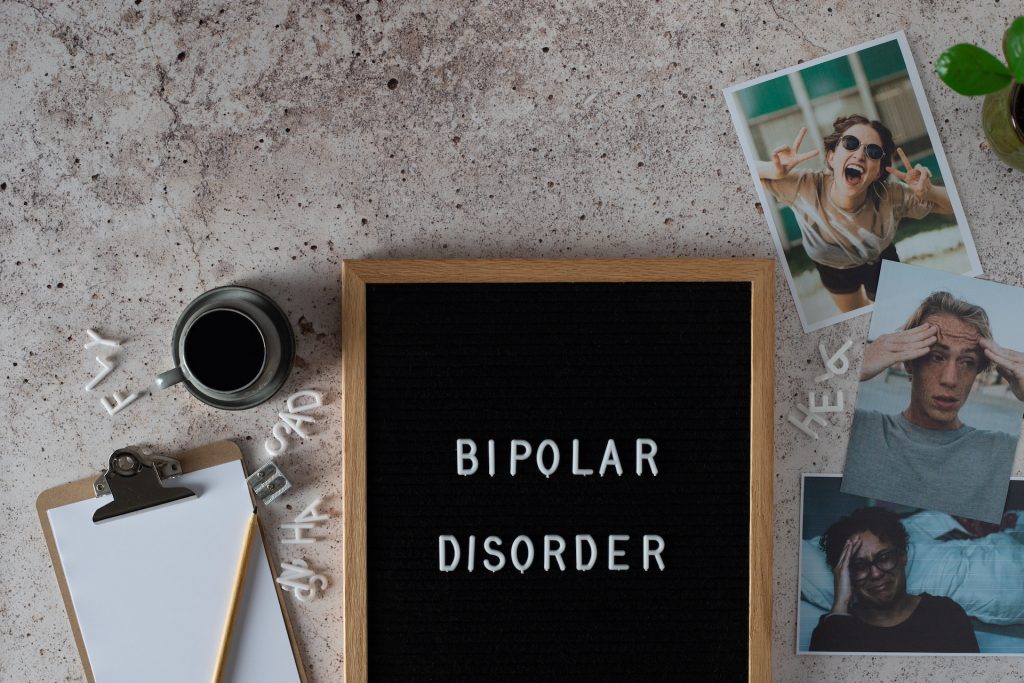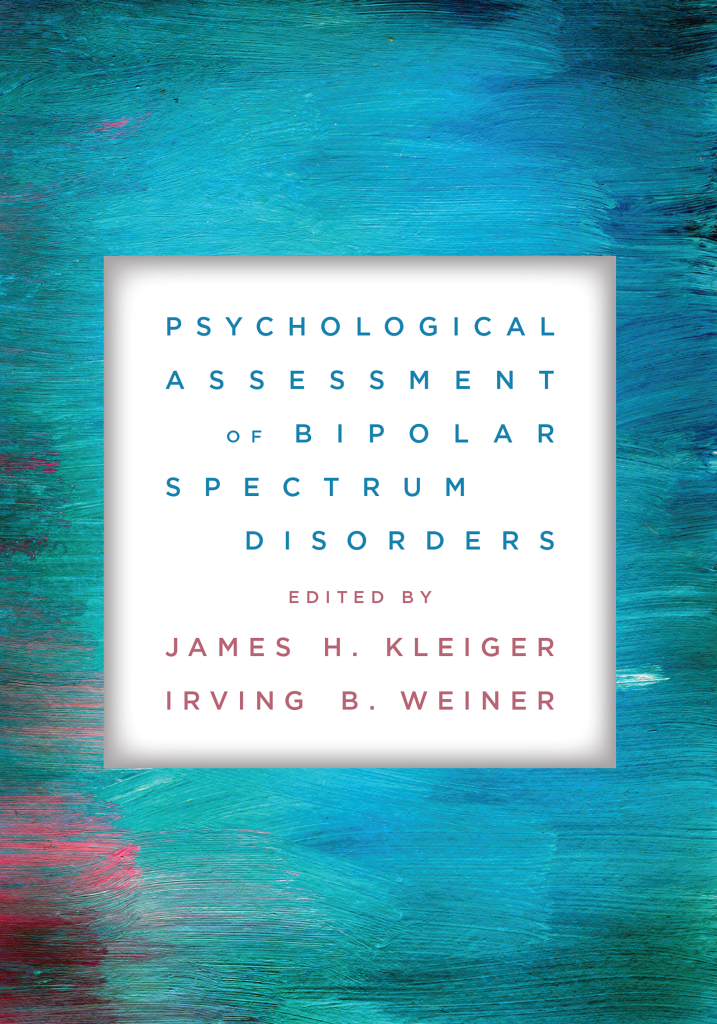Navigating Bipolar Disorder: Key Information on Diagnosis and Treatment
Curious people often ask:
- What is bipolar disorder?
- What are the symptoms?
- How common is it?
- Is bipolar often confused with other conditions?
- If you’ve been diagnosed with a bipolar disorder, what treatments are available?
These are a few of the things people wonder about bipolar disorder. Here is some practical information, facts, and recommendations to file away.
What Is Bipolar Disorder?
Previously known as “Manic-Depression,” bipolar disorder is a mental health condition involving
(1) prominent shifts in mood (ranging from pronounced depression to elation, expansiveness, or irritability) accompanied by
(2) changes in energy and activity level that can either impair or alter functioning. Both bipolar disorder and depression are types of mood disorders; both involve depression, but bipolar depression is different from what is often referred to as “unipolar depression.”
Let’s look at the differences.
Bipolar conditions involve episodes of elevated mood, called either mania or hypomania––I’ll describe the difference in the next paragraph–– that typically alternate with periods of depressed mood. In contrast to bipolar disorders, depressive disorders, most often referred to as “Major Depression,” do not involve cyclical changes in moods but include typical signs and symptoms of depression (sadness, irritability, hopelessness, lowered energy, concentration problems, insomnia, loss of pleasure and appetite).
Sometimes, these opposite ends of the mood continuum become intermingled. Not to trivialize matters, but think of depression and mania/hypomania as contrasting types of soft serve ice cream, like chocolate and vanilla. Then, think of Chocolate Swirl or how the two extremes can be blended.
This blending of mood features is referred to as “mixed states,” which may occur in some individuals with bipolar disorder.
Mania and Hypomania
Mania is a more extreme state, constituting a mental health emergency. Mania is often associated with psychotic symptoms (disorganized speech, hallucinations, or delusions), leading to an impairment in functioning. In contrast, hypomania is a less extreme version, not including psychotic symptoms or requiring hospitalization. Both states involve elevated, expansive, or irritable moods along with increased energy levels lasting a week for mania and four days for hypomania, PLUS three to four of the following symptoms:
- Distractibility
- Impulsivity leading to risky, self-destructive behavior
- Grandiosity or overly inflated self-image
- Flight of ideas (rapid and loosely connected ideas)
- Increased activity
- Decreased need for sleep
- Pressured and rapid speech (hard to interrupt)
There are two primary types of bipolar disorder called Bipolar Type I and Type II. If one has ever suffered a full-blown manic episode, regardless of whether they have ever gone through a major depression, the individual will receive the diagnosis of Bipolar-I. A current or lifetime history of hypomania, along with a past or present major depressive episode, would constitute a Bipolar Type II or Bipolar-II. Contrary to what some may think, Bipolar-II is not a less severe form of bipolar disorder. In some respects, it is more challenging to diagnose and treat than Type I. There are other varieties, but Bipolar-I and -II are the most prominent subtypes.
How Common Are Bipolar Disorders?
In the US, Bipolar-I has a prevalence rate of 1.5% in the general population, and Bipolar-II occurs in roughly 0.8% of the population. Bipolar-I occurs equally in men and women, with an average age of onset in the early 20s. In contrast, Bipolar-II is more often found in women. Lower rates of bipolar disorder in African Americans are thought to be the product of inequities in health care, leading to missed diagnosis and poor treatment outcomes.
For an excellent discussion of multicultural issues in the diagnosis of bipolar disorders, readers are encouraged to look at the work of Dr. Linda McGhee, a psychologist who wrote The Assessment of Bipolar Spectrum Disorders Within a Multicultural Context. In J. H. Kleiger & I. B. Weiner (Eds.), Psychological Assessment of Bipolar Spectrum Conditions (pp. 291-305). American Psychological Association.
Are There Conditions That Are Mistaken for Bipolar Disorder?
Yes! Several other conditions share symptoms with bipolar disorder, often leading to misdiagnosis and delayed or unnecessary treatment. Overlapping symptoms of unstable moods, impulsivity, irritability, anger, risky behavior, and suicidal ideation may occur in borderline personality disorder, PTSD (especially what is called C-PTSD or Complex Posttraumatic Stress Disorder), eating disorders, ADHD, and depressive and anxiety disorders.
Making diagnosis more challenging, many of these conditions occur together with bipolar disorder, so it is sometimes not a matter of either/or but or both/and. Finally, medical problems, prescription medications, and illicit drugs can induce a manic episode or trigger an underlying bipolar disorder as well.
Bipolar disorder may be missed in people suffering from unipolar depression. In general, individuals in hypomanic states rarely seek mental health assistance because an elevated or expansive mood and increased energy feel good and may lead to heightened productivity. In contrast, people do seek help when they’re feeling depressed. The problem for practitioners is how to distinguish the depressed phase of an underlying bipolar disorder from a more routine unipolar depressive disorder. The stakes of misdiagnosis can be high.
For example, prescribing standard SSRI antidepressants to someone who comes in feeling depressed BUT is actually suffering from an underlying bipolar disorder may trigger an agitated hypomanic or manic state. Sometimes, an individual will present with signs and symptoms of depression but has never had an episode of hypomania, so they have no idea about the true nature of their depression. Here are some clues that might raise the index of suspicion that the depression is, in fact, the depressive phase of a bipolar disorder.
- Family Factors: Having a first-degree relative diagnosed with bipolar disorder increases the risk that one’s depression may be symptomatic of an underlying bipolar disorder.
- Response to Medication: Becoming activated on an antidepressant, having one’s antidepressant medication lose its effectiveness, or having gone through more than three different types of antidepressant medications are all signs that we are dealing with bipolar depression.
- Age of Onset & Recurrent Depressions: An early age of onset of depression and recurrent episodes of depression may indicate an underlying bipolar disorder.
- Associated Psychotic Symptoms: The previous presence of psychotic symptoms increases the risk that the nature of one’s depression could be of a bipolar type.
Getting the Right Diagnosis and Treatment
Individuals can successfully cope with their condition and live healthy lives with a correct diagnosis, effective treatment, and proper self-care. Receiving an accurate diagnosis begins with a consultation by a healthcare professional trained in evaluating major mental health conditions, depression, and mood instability.
Typically, we are talking about psychologists, psychiatrists, psychiatric nurse practitioners, and clinical social workers. Proper evaluation includes careful interviewing, history taking, contact with collateral sources (family members), and empirically supported psychological assessment procedures.
Treatment follows diagnosis. If you have been diagnosed with bipolar disorder, optimal treatment will include a combination of medication and psychotherapy. Neither by itself is as effective as their combined use. Typically, the treatment of choice has been mood stabilizing agents (Lithium), anticonvulsants (Lamictal, Depakote), atypical antipsychotics (e.g., Latuda, Seroquel, Abilify, Vraylar, or Risperdal), and antidepressants (such as Zoloft or Effexor).
You need to find a medical professional you can trust (typically a psychiatrist or a psychiatric nurse practitioner) who will work to limit side effects and monitor medication effectiveness.
If medication is intended to keep symptoms under control, psychotherapy is designed to help the person with the symptoms increase their coping resources, reduce maladaptive thoughts, and engage in better self-care. Evidence-based psychotherapies include cognitive-behavior therapy (CBT), mindfulness-based therapy, interpersonal psychotherapy, and psychoeducation. Peer-support programs and family-focused therapy are additional modalities that can help individuals understand themselves, manage stress, and cope more effectively.
Resources for Help
Bipolar Disorders in Film and Literature
A few popular films and TV shows have realistically depicted characters suffering from Bipolar-I. Claire Danes played the brilliant Carrie Mathison in “Homeland,” who suffered from Type I Bipolar Disorder, and Zendaya plays Rue Bennett in “Euphoria,” who exhibits hypomanic states. Films depicting characters with bipolar disorders include “Silver Linings Playbook,” and “Michael Clayton.”
No one has written more authoritatively on bipolar disorder than psychologist Kay Redfield Jamison, who has coped effectively with her bipolar disorder. Her books Touched By Fire (1996) and An Unquiet Mind: A Memoir of Moods and Madness provide a comprehensive understanding of the phenomenology, biopsychosocial underpinnings of bipolar disorder, and the links to madness and creativity.
As a psychologist-psychoanalyst specializing in assessment and diagnosis, I recently edited a volume on the assessment of bipolar spectrum disorders.
My novels included protagonists who suffered mental breakdowns leading to psychosis, one due to drugs and the other from trauma.
My current work-in-progress, Whispers, will feature a lead character suffering from bipolar disorder who becomes ensnared in a shadowland of uncertainty, intrigue, and deception.
***
Connect with J. Herman Kleiger here: Twitter, Facebook, Instagram, and Goodreads.
Order his latest novel, Tears Are Only Water, here!
Purchase his book The 11th Inkblot here





As a practicing clinician I find this information extremely valuable and useful and will use it as a reference as well as assistance with patient education. Dr. Kleiger does an outstanding job explaining this complex disorder and delineating the subtle and confusing differences. The distinction and description of “mixed states” is particularly relevant and appreciated.